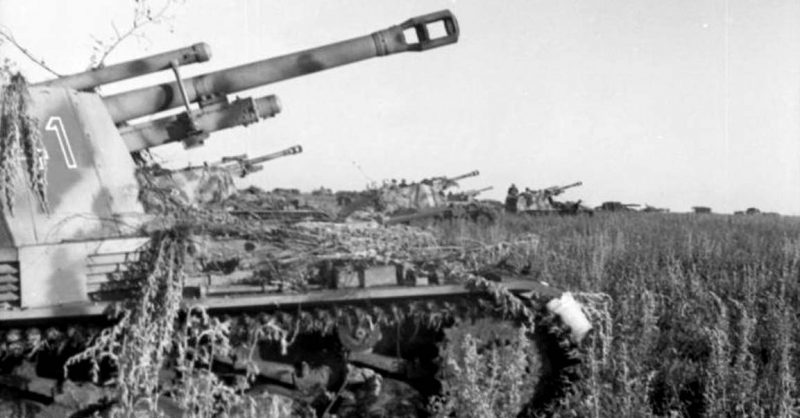On July 5, 1943, the Battle of Kursk began, and became, disputably, the largest tank battle of World War II and the last major German offensive on the Eastern Front. The entire battle lasted from July 5 to August 23, 1943, and is considered one of the key turning points of World War II.
After its defeat in Stalingrad, the German Wehrmacht developed a plan to renew the offensive on the Eastern Front. The proposal consisted of simultaneous strikes from the north and south on the Kursk pocket with the aim of encircling the Soviet Red Army.
However, there were serious disagreements among the German generals. For example, Field Marshal Walter Model believed, “The enemy is counting on our offensive, so in order to succeed, we need to follow a different tactic, and even better…to abandon the offensive.”
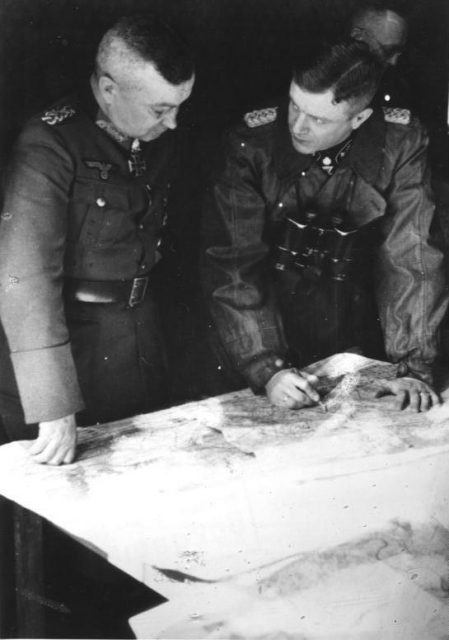
Adolf Hitler listened to the opinions of both sides before making the final decision. At the May meeting of the Nazi Party leadership, Hitler compared the situation on the Eastern Front with the plight of the party in 1932, saying, “[Then] we won only because of stubbornness, which at times looked insane. We will also win today.” On June 20, the date of the operation, code-named “Citadel,” was set for July 5.
Meanwhile, having won the Battle of Stalingrad, the Soviet military command also planned to conduct a summer offensive. Marshal Vasilevsky noted that German ground forces were being replenished with reserve divisions and that their fighting capacity was reduced.
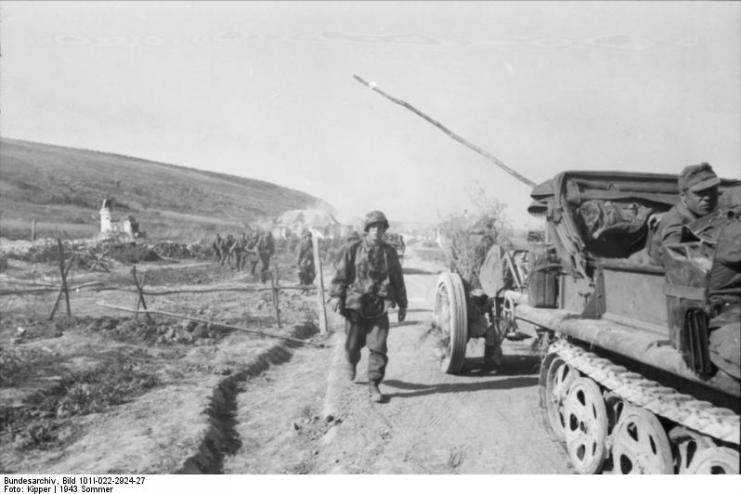
However, upon learning about Operation Citadel, the Soviet General Staff changed its outlook from offensive to defensive. When Vasilevsky was notified of the Germans’ summer operation plans, he expected that they would try to repeat the strategy that they had failed to carry out earlier in the spring.
By the beginning of the Battle of Kursk, the Voronezh, Central and Reserve Steppe fronts had been fortified with about 1.9 million soldiers, more than 26,000 guns and mortars, more than 4900 tanks and self-propelled artillery systems, and about 2900 aircraft.
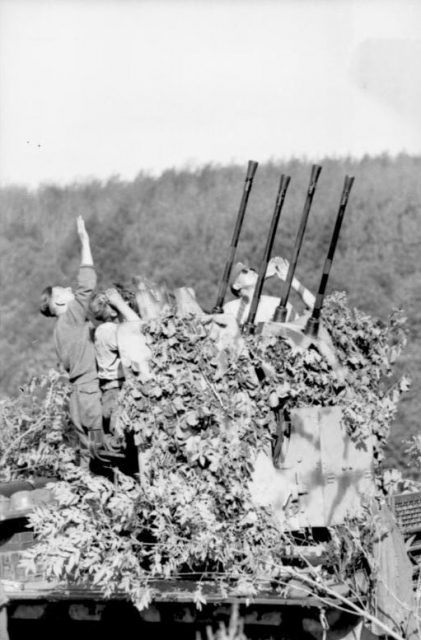
The German force was made up of about 900,000 soldiers, about 10 thousand guns and mortars, up to 2,700 tanks and assault guns, and about 2,000 aircraft. The main German advantage was their new military equipment. These included the “Ferdinand” tank destroyers, Focke-Wulf-190A and Henschel-129 aircraft, and “Tiger” and “Panther” tanks.
Soviet historiography breaks down the Battle of Kursk into three phases:
- Defensive (July 5-23, 1943) – a reflection of the German “Citadel” offensive
- The counterattack at Orel (July 12-August 18, 1943) – “Operation Kutuzov”
- Counterattack near Kharkov (August 8-23, 1943) – “Operation Polkovodets Rumyantsev”
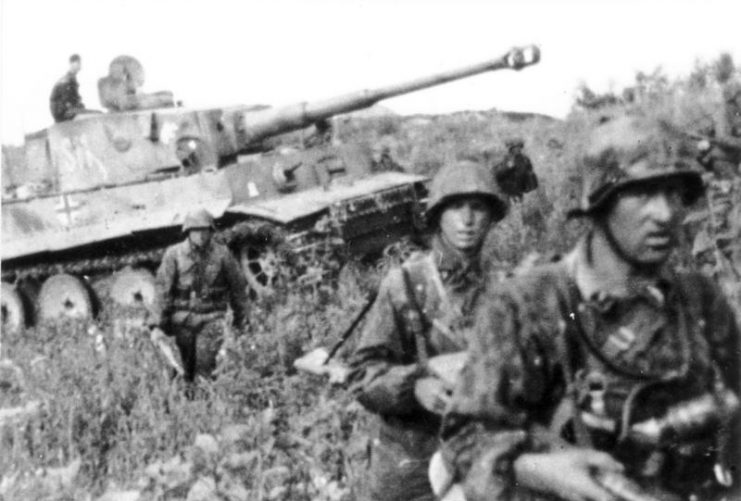
On the eve of the German offensive, the Soviet troops organized an echeloned defense with several lines. The Central and Voronezh fronts, occupying positions on the northern and southern sections of the Kursk salient, erected 5-6 defensive lines. On the left bank of the Don River, a state defense line was prepared. The length of the lines dug into the landscape reached 155-186 miles.
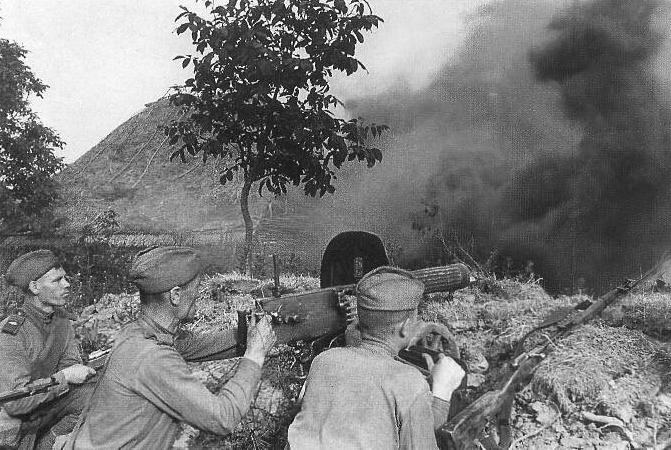
On July 12, during the defensive phase of the Battle of Kursk, the famous Battle of Prokhorovka took place, which is considered one of the largest battles that used military equipment.
Private Filatova, who participated in the fight, remembered, “The tanks were an avalanche. We did not consider their number. Machines moved along the field in zigzags, changing direction. They did this in order to confuse our artillerymen, to prevent them from taking aim….Bombs exploded….Such a roar was that the blood flowed from the ears.”
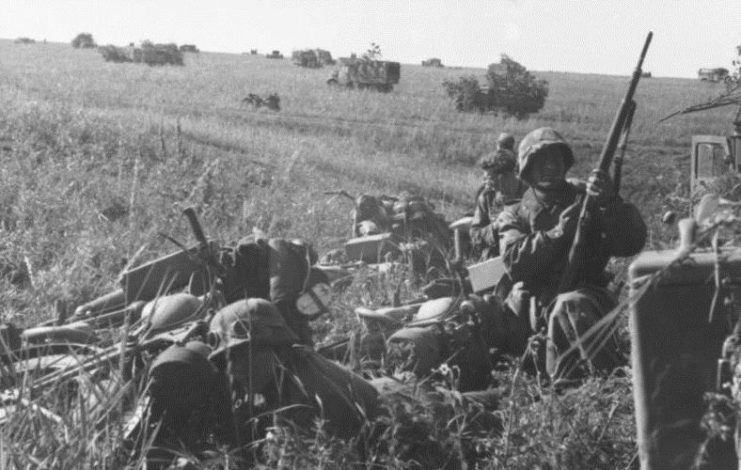
The Soviet side had about 600-750 tanks and self-propelled guns, and about 130 thousand people that took part in the Battle of Prokhorovka. On the German side, 311 tanks and self-propelled guns, and about 70 thousand people participated.
During the battle, the Germans lost about 70 tanks and 7,000 soldiers, of which 2,795 were killed, and 2,046 were missing. On the Soviet side, about 36,000 people were lost, 6,500 of which were killed and 13,500 were missing.
Also, according to unconfirmed reports, 50-70% of Soviet tanks were destroyed, but exact figures cannot be established.
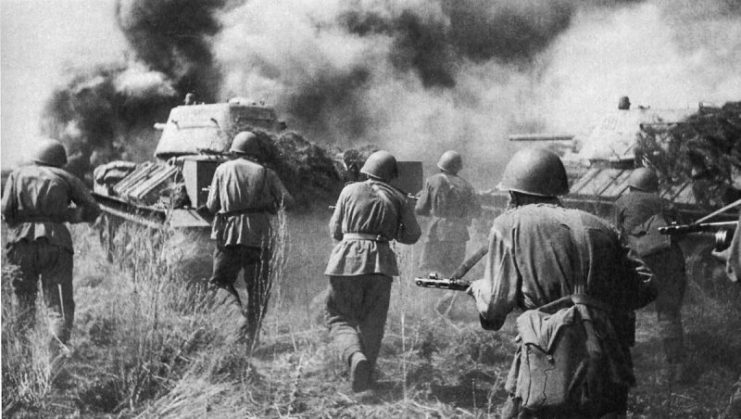
During the battle of Prokhorovka, the Germans used their new “Panther” and Pz.VI “Tiger” tanks. This was envisioned to be a definite advantage against such Soviet tanks as the T-34 and T-70. However, the new German tanks did not become a decisive factor in the battle.
Neither side in the conflict achieved its goals. The Soviet troops suffered great losses and were unable to surround the Germans. The Germans failed to capture Prokhorovka and break through the Soviet defenses.
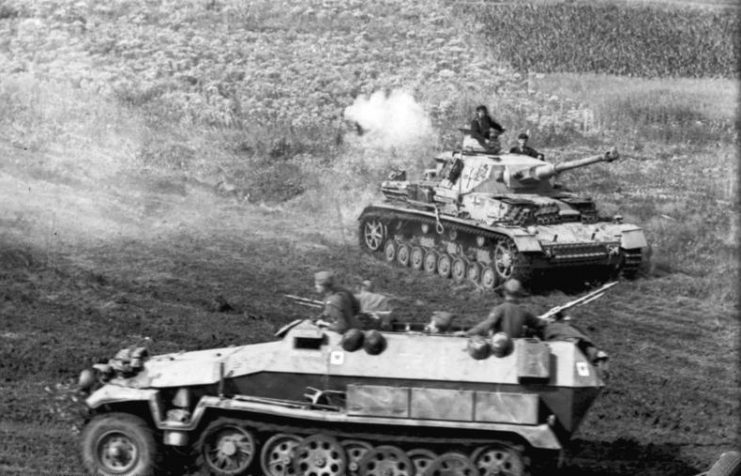
Soon after the Battle of Prokhorovka, Soviet troops began offensive operations in the south and north. The Battle of Prokhorovka created the opportunity for a broad Soviet offensive, and they began implementing their summer plan to liberate occupied territories.
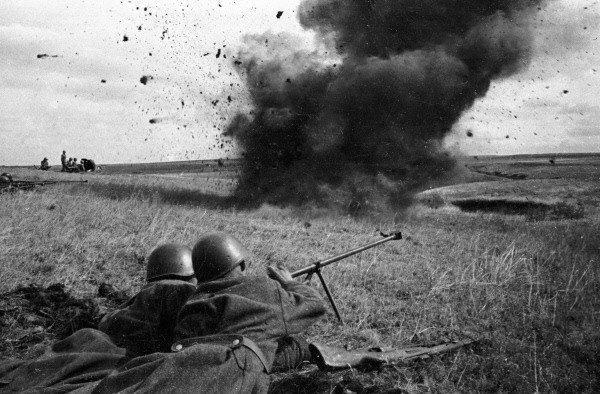
Read another story from us: From The Tank Museum: German Tanks At Kursk
Field Marshal Erich von Manstein, who designed and conducted Operation Citadel, wrote, “It was the last attempt to preserve our initiative in the East. With its failure…the initiative finally passed to the Soviet side. Therefore Operation “Citadel” [was] a decisive, turning point in the war on the Eastern Front.”
The results of the Battle of Kursk were the loss of the strategic initiative on the eastern front, and the final collapse of the offensive strategy of the Wehrmacht.
